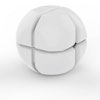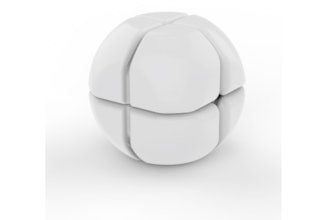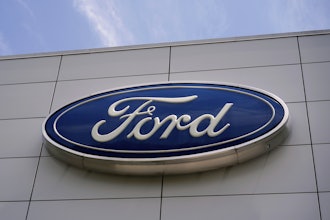Regardless of your opinion on Microsoft, it’s hard to debate the impact that Bill Gates and his ideas have had on technology and society over the last couple of decades.
So, when someone of this stature says they’re going to reinvent one of the basic tenants of modern living, it gets some attention. Elon Musk can have the electric car and Richard Branson can privatize space travel because Bill Gates is taking on the toilet.
According to the Center for Disease Control, 88 percent of global deaths stem from diarrheal diseases attributed to unsafe water and the horrendous sanitation practices that result. The Bill and Melinda Gates Foundation estimates that as many as 2.4 billion people around the world lack access to the clean water that could change these hygiene-founded concerns.
Faced with these realities, Gates’ plan is pretty straightforward – a waterless toilet that can be deployed in disadvantaged areas at a low cost. Gates recently referred to it in a New York Times interview as a 10-year quest.
This quest began in 2011 with his foundation’s Reinvent the Toilet Challenge where teams were tasked with developing waterless toilets that cost less than five cents a day to operate – meaning no running water or electricity.
One winning entry involved the use solar panels to power an electric motor that broke down waste. Another used a chemical reaction to transform fecal matter into a charcoal-like substance that could be used as fertilizer.
Each of the finalists received a $400,000 grant to continue improving their prototypes – many of which are undergoing field testing across India and Africa. Gates also poured more than $10 million into a toilet and off-grid sanitation system being developed at Duke University.
But perhaps the most promising return could come from the several million dollars that Gates has funneled towards The Nano Membrane Toilet developed at England’s Cranfield University. It uses simple mechanical motions and a replaceable membrane to break down and store waste for easy disposal.






















